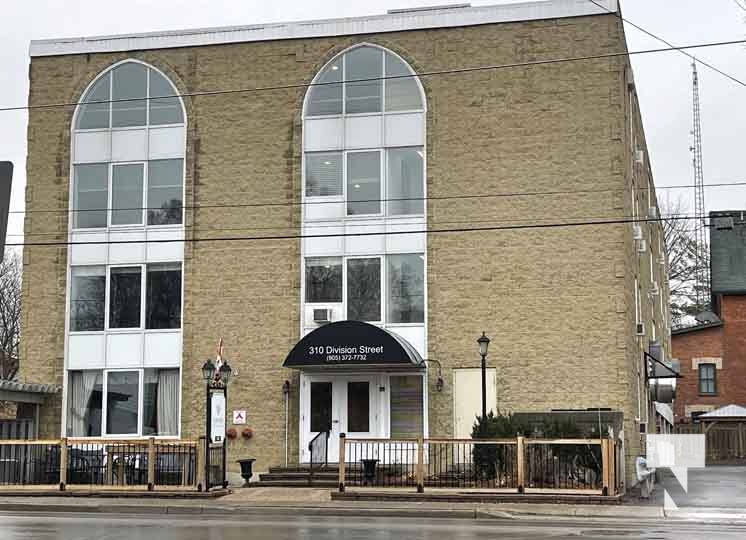By Cecilia Nasmith/Today’s Northumberland
OrgCode Consulting Senior Associate Chris Gorman shared the perspective of years of work on homelessness issues in the United States and Canada with Northumberland County council Wednesday, as they accepted a report on creating a Community Liaison Committee for the prospective shelter at 310 Division St., Cobourg.
“I will never say an emergency shelter is the solution to homelessness,” Gorman began.
“Housing is the only known solution to homelessness. A well-run low-barrier housing-focused shelter can be an incredibly strong piece of that journey towards housing, but it’s not the solution itself.”
To attain such a goal, he added, a shelter cannot do it alone. And as the county works to get the shelter opened, he said, a CLC acknowledges the very real concerns of the community – especially those of neighbouring residents and nearby businesses – and provide a forum for information sharing and education.
Members should be chosen from certain key groups. Gorman listed residents of the area around 310 Division St., the Downtown Business Improvement Area, community-service organizations that would serve the shelter’s clientele, local faith-based groups, the Cobourg Police Service, county leadership, Transition House leadership, and persons with lived experience that can round out the perspective of the group.
He suggested a targeted recruitment process to find CLC members, followed by an open application process to round out a group of 15 to 20.
The actual membership selection should be undertaken by senior staff at the county. Gorman offered some criteria, such as an understanding of the issues surrounding housing and homelessness and a commitment to finding solutions.
This last one is important, he stressed.
“It’s not just about hearing the concerns. It’s about finding solutions together.”
This will be an advisory body, not a decision-making body – though their guidance and feedback will help to ensure informed decisions are made.
It is hoped monthly meetings can begin in September or October. This committee will meet for a year, as 310 Division St. begins its operations, and will continue longer if necessary.
Their work is not to build a better shelter, he said, but to create a shelter operation that results in long-term housing for those who enter its doors by working to remove the barriers – financial, health and other circumstances – that have stood in the way.
“If you would get somebody into housing, what you try to do is get them into shelter. And you do that with the understanding that it’s easier to do all that deep barrier removal when you can meet with the person every day and you can work together in a shelter environment,” Gorman said.
“Once you are in shelter we see a far greater likelihood of getting people into permanent housing.”
Gorman said the level of community engagement he has seen locally is impressive, and he called the establishment of a CLC (which council voted to direct staff to begin implementing) a matter of going above and beyond.
“Most shelters – certainly the vast majority we work with – don’t engage in a CLC,” he pointed out.
“What is typically the approach is, ‘We’re here. Deal with it.’ This is a much more respectful way to enter into a community and to really try to listen and learn from folks.
“I would have an incredible amount of hope that, if the right members are selected and the right buy-in is there from the beginning that this can be a really important asset for the shelter and for the community.”























